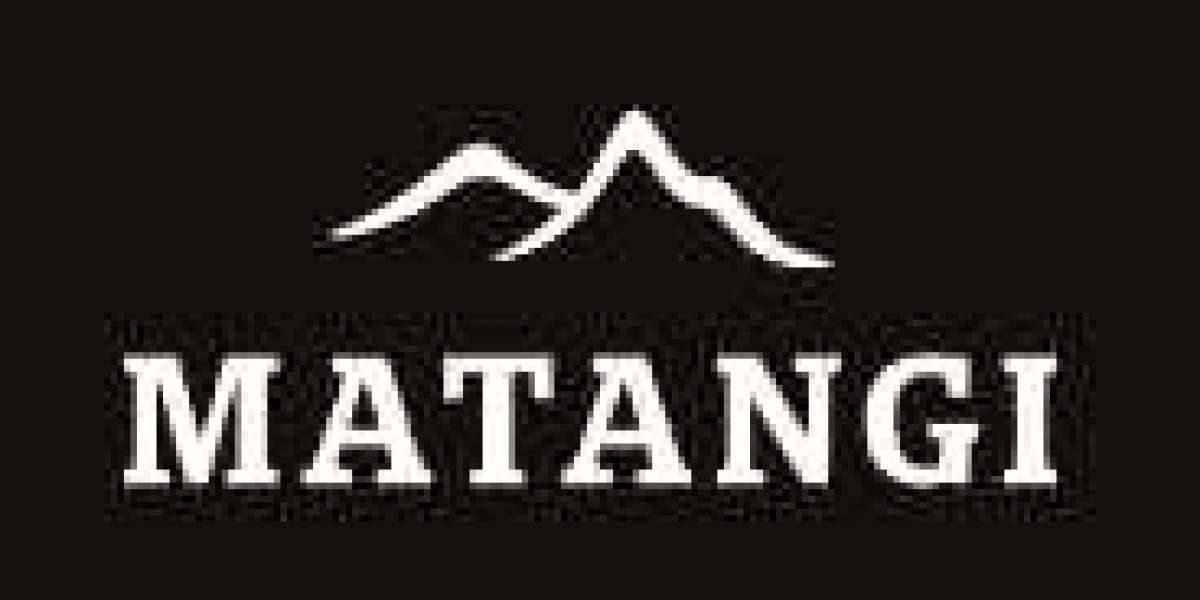Aerosol paints have revolutionized the way coatings are applied, offering a convenient and efficient alternative to traditional brush or spray gun painting. Packaged in pressurized cans, these paints can be sprayed directly onto surfaces, providing smooth, even coverage in a fraction of the time. This unique delivery system makes aerosol paints popular across consumer, industrial, and automotive sectors.
One of the biggest advantages of aerosol paints is ease of use. They require minimal equipment—no need for compressors or spray guns—and can be applied quickly by both professionals and hobbyists. The built-in valve and nozzle system atomizes the paint into a fine mist, allowing for precise control over the application thickness and reducing waste. This makes aerosol paints ideal for touch-ups, small projects, and intricate surfaces where detailed work is necessary.
Aerosol paints come in a wide variety of formulations, including enamels, acrylics, primers, and specialty coatings such as anti-corrosion, heat-resistant, and reflective paints. This variety allows users to select the perfect paint type for their specific needs, whether it’s protecting metal surfaces, decorating household items, or restoring automotive parts.
Environmental concerns have driven significant innovation in aerosol paint technology. Historically, many aerosol paints used chlorofluorocarbon (CFC) propellants that harmed the ozone layer. Modern aerosol paints now use safer propellants like hydrocarbons and compressed gases that minimize environmental impact. Additionally, water-based aerosol paints have gained popularity for reducing volatile organic compounds (VOCs) emissions, aligning with stricter environmental regulations and consumer demand for eco-friendly products.
In industrial settings, aerosol paints provide a fast-drying solution that helps increase productivity. The spray mechanism allows coating of complex geometries and hard-to-reach areas without overspray. For automotive refinishing, aerosol paints offer a portable option for spot repairs and color matching without dismantling parts.
Despite their many benefits, aerosol paints have some limitations. The pressurized cans can pose safety hazards if punctured or exposed to extreme heat, requiring proper storage and handling. Moreover, aerosol paints are generally more expensive per volume compared to bulk paints applied via traditional methods, which can be a consideration for large-scale projects.
The global market for aerosol paints continues to grow, fueled by increasing demand in developing economies, expanding DIY culture, and advances in paint formulations. Companies are investing in RD to improve spray technology, enhance pigment quality, and create multi-functional coatings that combine protection with aesthetics.







